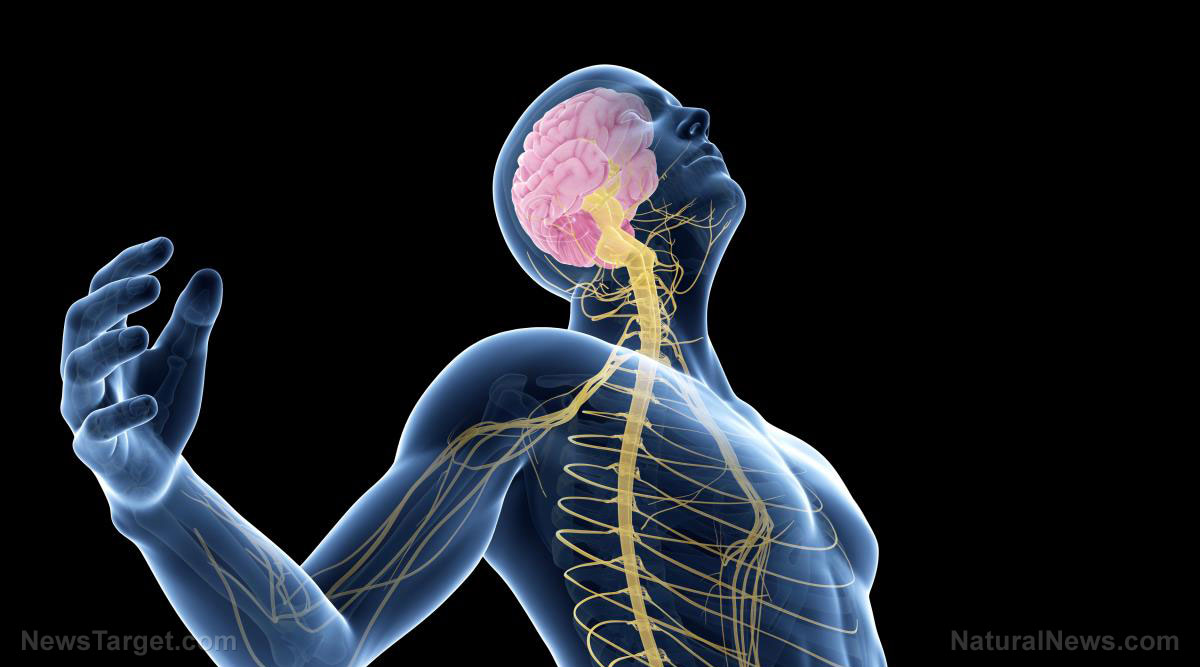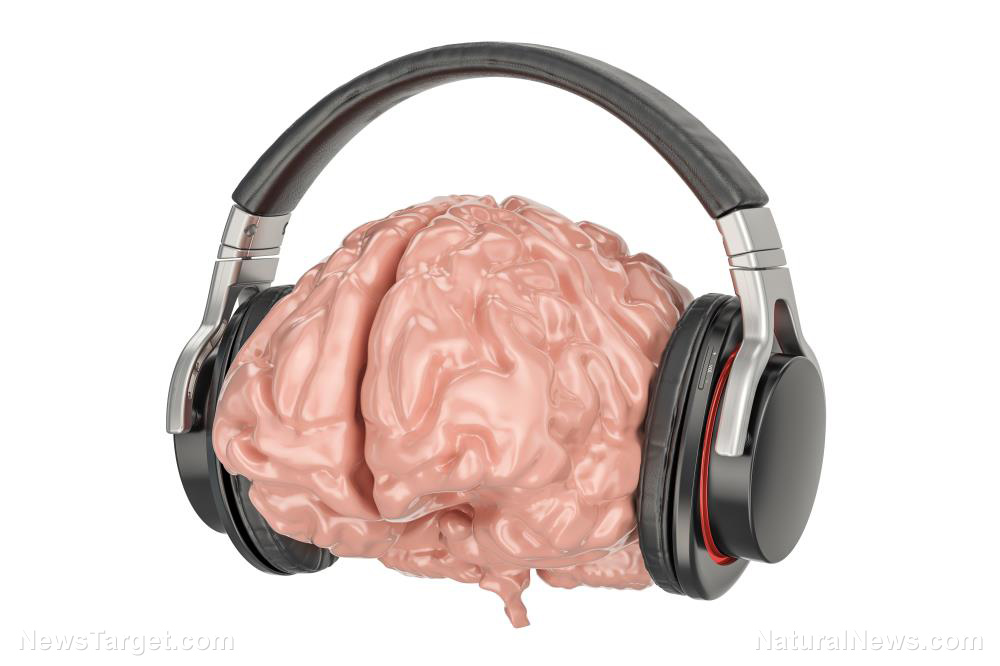Tempting by design: Study reveals exposure to “food cues” increases a person’s cravings
03/31/2020 / By Franz Walker

Ever wonder why you sometimes get cravings after seeing a picture of food, even though you know you aren’t really hungry? According to a recent study, it’s all in the mind, or more precisely, in how the mind processes food cues.
According to psychologists at Dartmouth College, there is a physiological process responsible for heightened sensitivity to food cues that brings about food cravings. Using functional magnetic resonance imaging (fMRI), the researchers were able to observe changes in the brain when volunteers were exposed to images of food.
The data comes as part of a study focused on figuring out how exposure to certain kinds of images can help predict behavior. The idea that the researchers wanted to demonstrate was that exposure to such images can lead to failures in self-regulation.
The brain gives you food cravings when it sees food cues
To test their hypothesis, the scientists had female college students weighed and had their brains scanned using fMRI while viewing images of neutral scenes and appetizing foods. The fMRI scans focused on changes to the nucleus accumbens of the volunteers.
Located deep near the basal region of the brain, the nucleus accumbens is part of its reward system. Specifically, it controls the reward and punishment centers of the brain, transferring relevant motivational information to the motor cells in order to obtain a certain reward or satisfaction. This, of course, includes the satisfaction felt when eating.
Based on this, the researchers theorized that there is a relationship between greater activity in the nucleus accumbens while viewing pictures of food and weight gain. Any participants who showed less response to the images would be less likely to gain weight.
Six months after the scans, the participants returned to the lab for a follow-up weighing. As expected, those who demonstrated greater activity in the nucleus accumbens when viewing food images did actually gain weight.
Exposure can occur unconsciously
The interesting, but also frightening, thing that the study discovered was that the whole process can take place unconsciously. Just seeing triggers on TV commercials or other media can increase the likelihood of cravings and eating. In a way, the study sheds new light on just how effective the food-related imagery in such commercials can be. (Related: Fighting your cravings: Researchers identify new brain circuits that can help curb junk food cravings.)
The study also demonstrates how resisting cravings triggered by these images and commercials isn’t just a matter of “will power” — there are actual physiological processes driving them. Learning about how these images can cause cravings can go a long way towards resisting them.
More than just food cravings
The study is just one part of a larger study on how images, in general, can affect the nucleus accumbens and predict behavior. In addition to food, the researchers also studied reactions towards sexually suggestive images and whether or not it resulted in an increase in sexual activity.
Upon returning after six months, the participants were also made to answer two surveys for sexual activity, the Sociosexual Orientation Inventory and the Sexual Desire Inventory (SDI). The researchers noted a correlation between increased activity in the nucleus accumbens when viewing sexually suggestive images and sexual activity (both alone and with a partner).
Based on these results, scientists believe that further research into how the nucleus accumbens and the brain’s reward centers react to images could be useful for predicting health risks, such as obesity and sexually transmitted diseases (STD). It can also give further insight into how such imagery can be used and abused by certain parties, such as advertisers, to their benefit and the public’s detriment.
Sources include:
Tagged Under: behavior, brain function, brain reward center, discoveries, food cravings, food cues, mind body science, nucleus accumbens, obesity, research, sexual activity, weight gain
RECENT NEWS & ARTICLES
BrainFunction.News is a fact-based public education website published by Brain Function News Features, LLC.
All content copyright © 2018 by Brain Function News Features, LLC.
Contact Us with Tips or Corrections
All trademarks, registered trademarks and servicemarks mentioned on this site are the property of their respective owners.



















